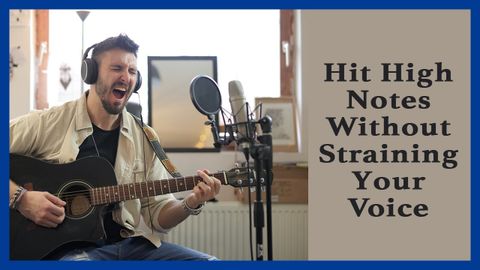
Subtitles & vocabulary
Ep.20: Sing High Notes: Why You Strain - part 1
00
Shot Bank posted on 2016/10/23Save
Video vocabulary
feel
US /fil/
・
UK /fi:l/
- Verb (Transitive/Intransitive)
- To be aware of or experience an emotion, sensation
- To sense through direct contact; touch
A1
More hear
US /hɪr/
・
UK /hɪə(r)/
- Verb (Transitive/Intransitive)
- To be aware of sound; to perceive with the ear
- To be told or find out information or facts
A1
More watch
US /wɑtʃ/
・
UK /wɒtʃ/
- Verb (Transitive/Intransitive)
- To keep in check, manage, or control something
- To look at something for entertainment, e.g. TV
- Uncountable Noun
- Period of time someone is responsible for guarding
A1TOEIC
More Use Energy
Unlock All Vocabulary
Unlock pronunciation, explanations, and filters
